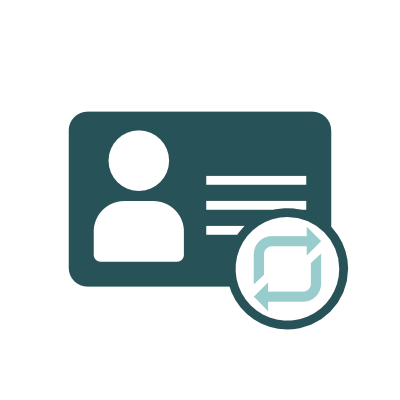

You just got phished!
Luckily, the link you just clicked in the phishing email was not a real phishing attack, but an exercise in our Security Awareness campaign. Please read this page carefully before you continue.WHAT IS PHISHING?
Phishing is used by criminals to install malicious software on your computer or to steal your password. In an e-mail, you are usually asked to click on a link, enter your password on a fake website or to open an attachment.
HOW TO SPOT A PHISHING EMAIL?
Here are five tips:

1
Don't Trust the Display Name
Just because it says it's coming from a name of a person you know or trust, doesn't mean that it truly is. Always look at the email address, reveal and confirm the real sender.

2
Look before you click
Hover over the link to reveal the real one. If it looks suspicious or doesn't match with the link description. Don't click and report the email!

3
Beware of urgency
Phishing emails try to create a sense of urgency in order to incite you to act quickly and by asking a minimum number of questions.

4
Is the email asking for personal information?
Legitimate companies are unlikely to ask you personal information through an email. When they lead you to a login page, don't believe everything you see. If something looks slightly out of the norm, contact the company for a confirmation.

5
When in doubt contact IT Support
If you feel something is off and your are in doubt contact IT Support. Take a screenshot of the suspicious e-mail body including all relevant meta data (like Sender email address, Subject, Recipients list (if shown), etc.) and send this to IT Support.
THANK YOU FOR KEEPING YOUR ORGANISATION SAFE!
DON’T BE EMBARASSED. EVERY DAY, MILLIONS OF PEOPLE ARE BEING MISLEAD ON THE INTERNET.
YOUR COMPUTER AND PASSWORDS ARE STILL SAFE.
DON’T BE EMBARASSED. EVERY DAY, MILLIONS OF PEOPLE ARE BEING MISLEAD ON THE INTERNET.
YOUR COMPUTER AND PASSWORDS ARE STILL SAFE.